The AI Economic Revolution That’s Already Here

Artificial intelligence isn’t just changing how we work—it’s completely reshaping the global economy in ways that might surprise you. Almost 40 percent of global employment is exposed to AI, according to the International Monetary Fund, and this isn’t some distant future scenario. It’s happening right now, under your nose, while everyone’s debating whether robots will take over. IDC predicts that business spending to adopt artificial intelligence will have a cumulative global economic impact of $19.9 trillion through 2030 and drive 3.5% of global GDP in 2030. Think about that for a second—we’re talking about an economic impact larger than the entire GDP of the United States today. The really wild part? The greatest economic gains from AI will be in China (26% boost to GDP in 2030) and North America (14.5% boost), equivalent to a total of $10.7 trillion and accounting for almost 70% of the global economic impact.
The Green Energy Tsunami Washing Away Old Economics
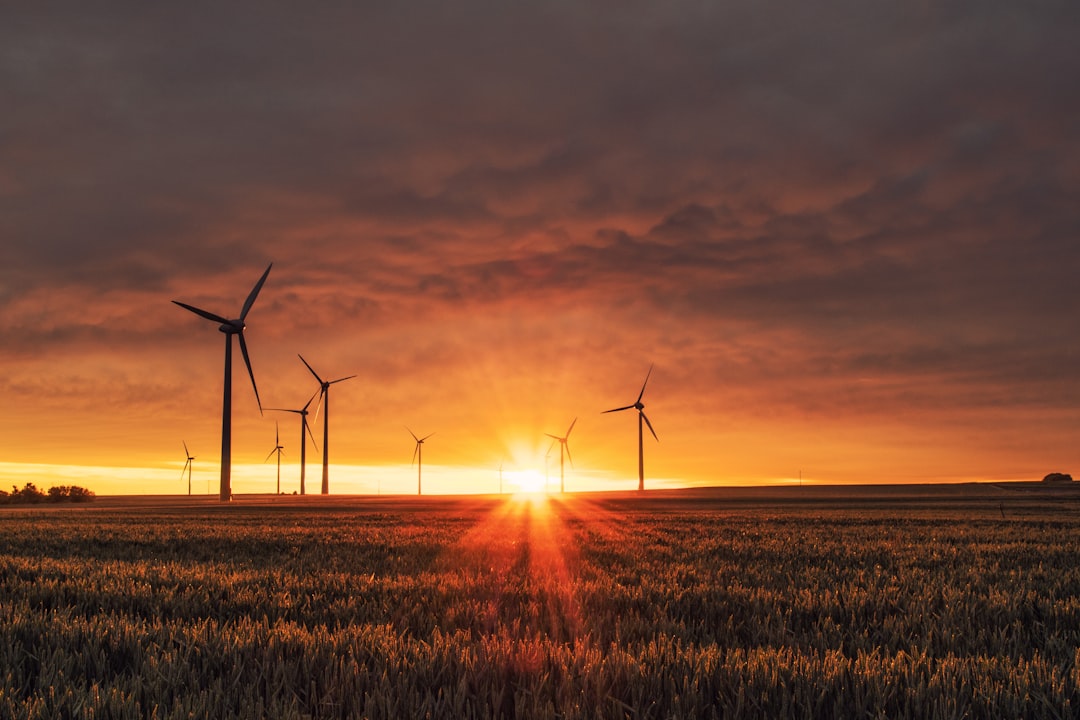
Solar power has become the engine of the global energy transition, with both solar generation and capacity installations setting new records in 2024, but here’s what the headlines miss—this isn’t just about saving the planet anymore. Renewable energy additions grew 17 percent with a record ~600 GW of solar, ~125 GW of wind, and near-doubling of grid storage installations to ~170 GWh in 2024. Renewables now outpace fossil electricity investment by 10 to 1, with more investment in solar than all other power sources combined. We’re witnessing the death of an entire economic model that’s been around since the Industrial Revolution. In 2024, global investments in the energy transition surpassed $2 trillion for the first time. Picture this: every dollar previously flowing into oil wells and coal mines is now racing toward wind farms and battery factories. The money isn’t just shifting—it’s accelerating, creating entirely new supply chains, job markets, and geopolitical power structures.
Demographics Are Quietly Breaking the Economic Playbook

While politicians argue about immigration, a demographic earthquake is reshaping the global economy in ways that make those debates seem almost quaint. In the coming decades, demographics will be more favorable to economic well-being in less developed regions than in more developed regions. This will be especially true in Africa, the only region in which this ratio is projected to decline by 2050. The U.S. faces its own demographic cliff—the rate of population growth generally slows over the next 30 years, from an average of 0.4 percent a year between 2025 and 2035 to an average of 0.1 percent a year between 2036 and 2055. Net immigration becomes an increasingly important source of population growth. Without immigration, the population would shrink beginning in 2033. This isn’t just about Social Security running out of money—it’s about the fundamental assumptions that drive economic growth, consumer spending, and innovation.
The Dollar’s Slow-Motion Dethronement

De-dollarization sounds like economic jargon, but it’s actually one of the most dramatic shifts happening in global finance—and it’s accelerating faster than most people realize. The BRICS bloc — originally comprising Brazil, Russia, India, China, and South Africa — has undergone significant transformation over the last twelve months. In August 2023, the group extended invitations to six nations: Argentina, Egypt, Ethiopia, Iran, Saudi Arabia, and the United Arab Emirates (UAE). By January 2024, Egypt, Ethiopia, Iran, and the UAE had officially joined. Here’s the kicker: by 2028, the expanded BRICS10 will account for 37.9 percent of global GDP (PPP), with the G7’s share falling to 27.8 percent. Meanwhile, central banks collectively added 1,045 metric tons to global gold reserves, marking the third consecutive year that annual purchases exceeded 1,000 metric tons. Countries aren’t just talking about alternatives to the dollar—they’re building them, one gold bar and one bilateral trade agreement at a time.
The Crypto Revolution That Wall Street Finally Embraced
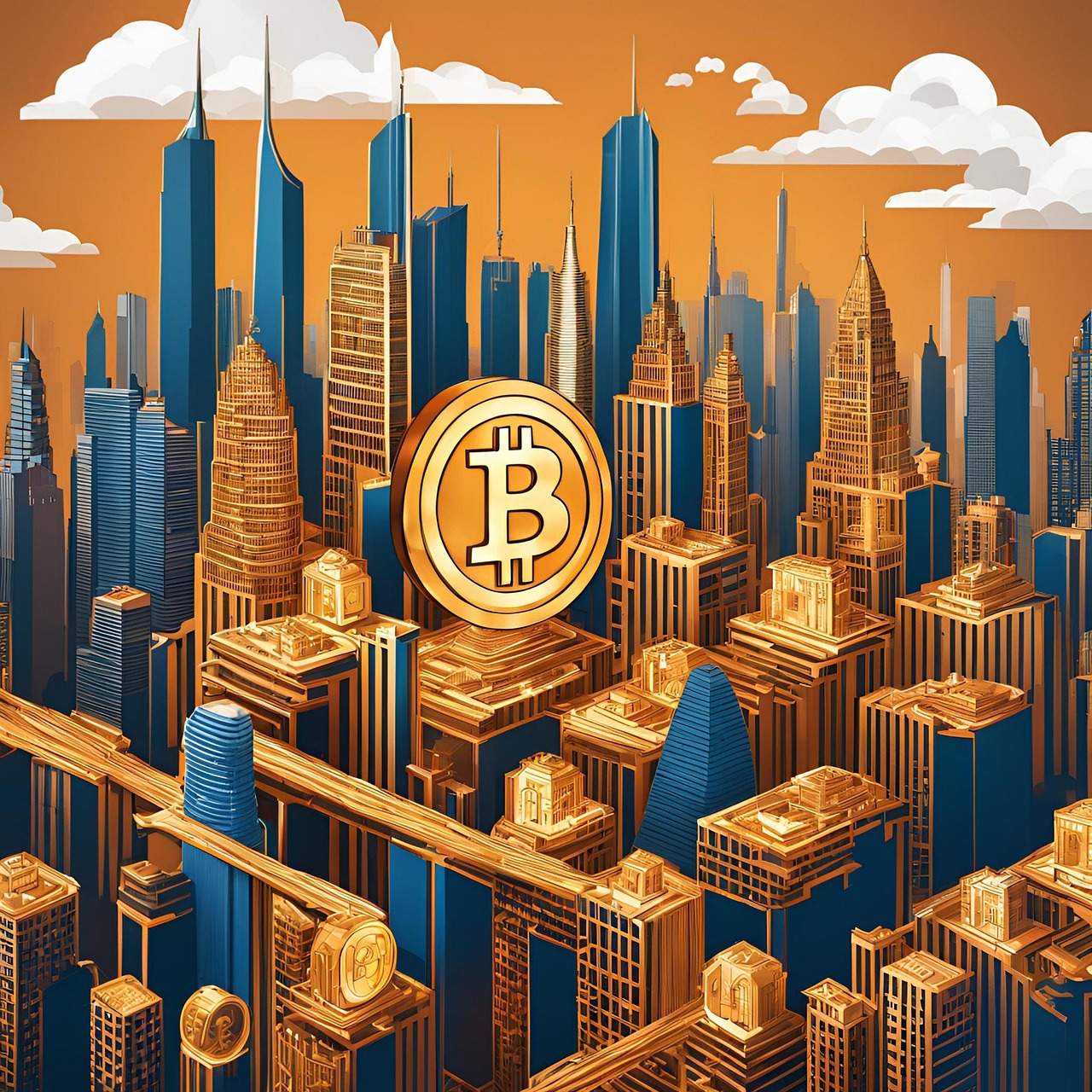
Forget everything you thought you knew about Bitcoin being a fringe asset for tech bros and criminals. In 2025, approximately 28% of American adults, or about 65 million people, own cryptocurrencies. 14% of people without crypto plan to buy it in 2025, and 67% of current owners plan to buy even more this year. But the real shift isn’t retail adoption—it’s institutional. The approval of Bitcoin spot ETFs in the USA in January 2024 has made Bitcoin more accessible to institutional and retail investors, with over one million BTC already locked in ETFs. Institutional interest continues to grow: companies like MicroStrategy and banks such as Morgan Stanley and Goldman Sachs are increasingly investing in Bitcoin and Bitcoin ETFs. What’s mind-blowing is that 2.2% of bitcoin’s supply was held by governments around the world as of August 2024, with the United States possessing 213,246 BTC, followed by China with 190,000 BTC. When governments start hoarding an asset they once called worthless, you know something fundamental has changed.
The Supply Chain Rewiring That’s Reshaping Trade
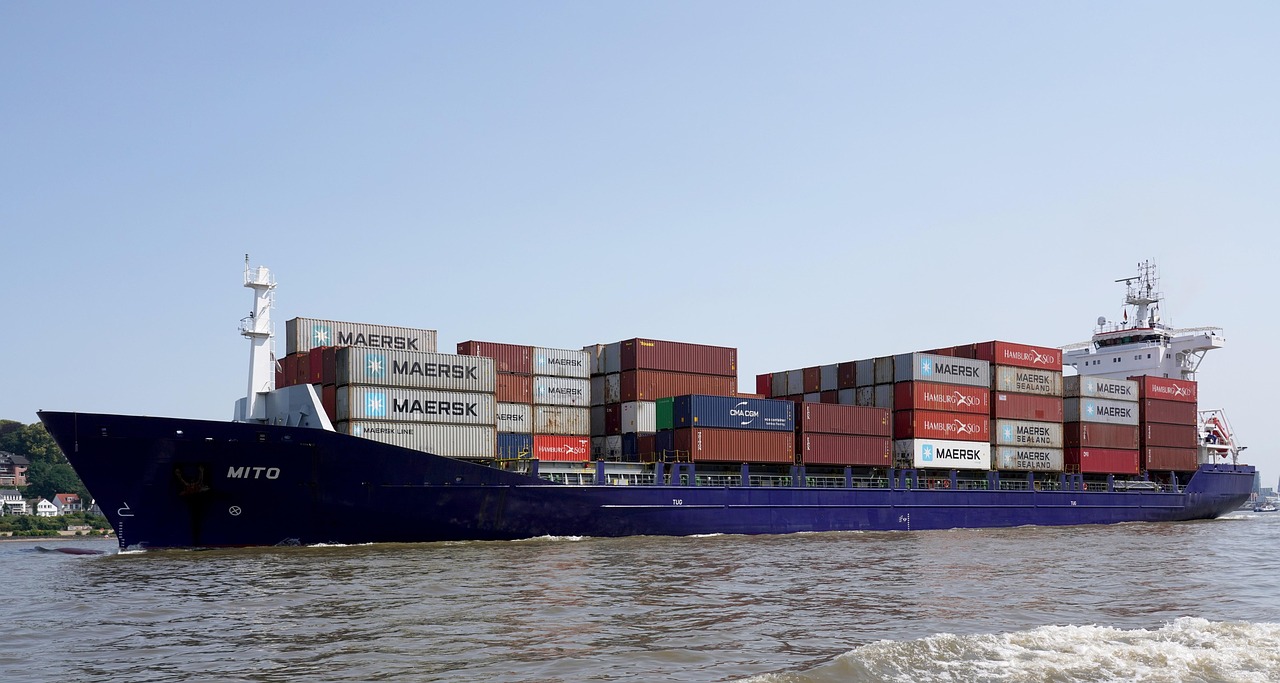
While everyone was focused on shortages during the pandemic, something much bigger was happening behind the scenes—the complete rewiring of global supply chains. Companies aren’t just moving factories from China; they’re fundamentally rethinking how goods move around the world. For example, Apple is steering more manufacturing to India, which now produces 15 percent of iPhones. This isn’t about cost anymore—it’s about survival. These increasingly severe and frequent disruptions are shifting global supply networks toward greater diversification and resilience. But that is an expensive pressure and a contributor to inflationary pressures. We’re witnessing the birth of what economists call “friend-shoring”—countries trading more with allies and less with potential adversaries, creating entirely new economic blocs and trade patterns.
The Debt Crisis That Nobody Wants to Discuss

Here’s a number that should keep you awake at night: Global sovereign debt now exceeds global gross domestic product. But it gets worse. UNCTAD estimates that 3.3 billion people live in countries that spend more on interest payments than on either education or health. We’re not just talking about developing countries either—Europe’s ratio is 88.6 percent, with Greece, Italy, Spain, France, Belgium, and Portugal above the average. This isn’t sustainable, and markets are starting to figure that out. The consequences ripple through everything from currency values to inflation rates to political stability.
The Productivity Paradox That’s Stumping Economists

Perhaps the strongest headwind is sluggish productivity growth since the global financial crisis, and this might be the most important economic story no one’s talking about. Despite all the technological advances—smartphones, cloud computing, AI, automation—productivity growth has been anemic for over a decade. My best guess is that we may start to see meaningful impacts in labor productivity by the end of this decade, according to economic experts studying AI’s impact. This matters because productivity growth is the secret sauce of rising living standards. Without it, we’re all just fighting over a shrinking pie instead of making the pie bigger.
The Services Economy That’s Eating Manufacturing
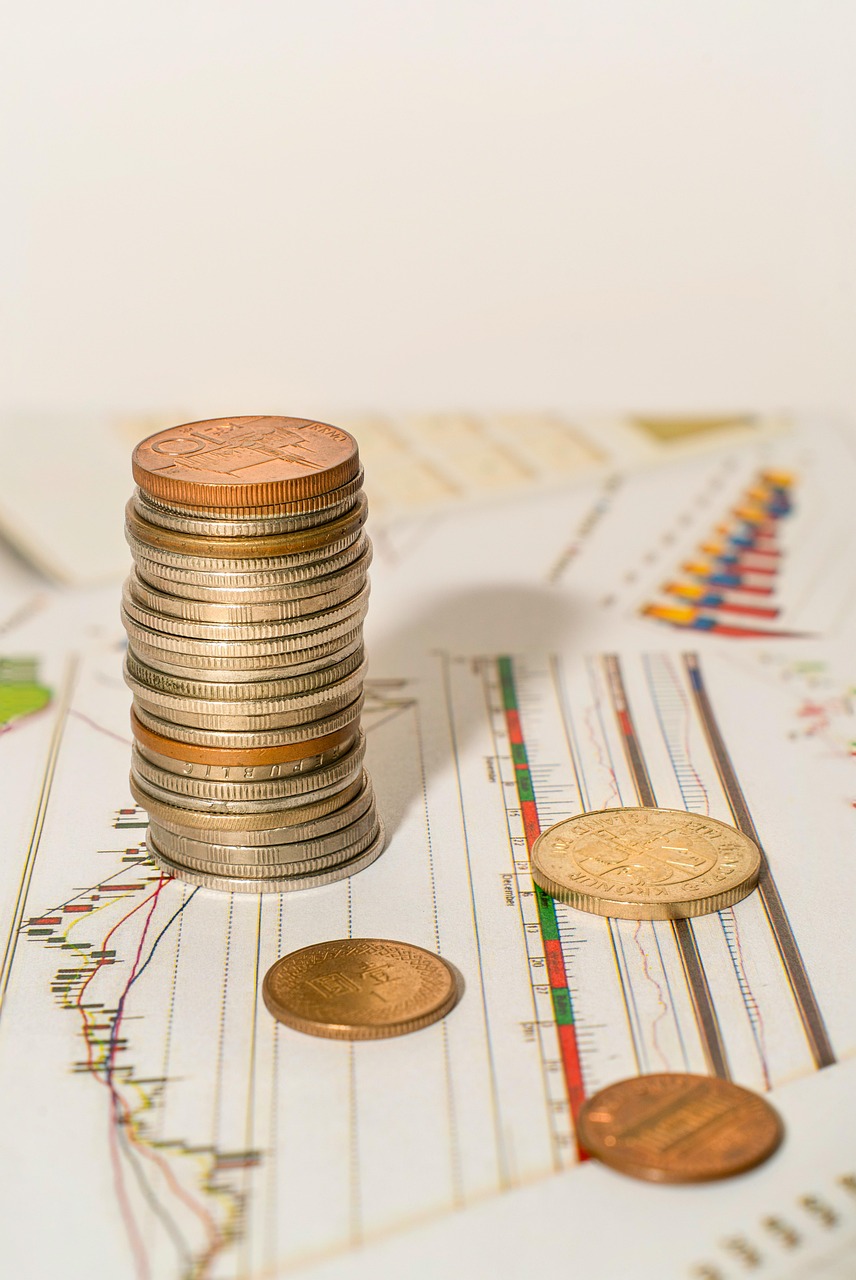
Manufacturing used to be the backbone of developed economies, but something fundamental has shifted. Services inflation is holding up progress on disinflation, which is complicating monetary policy normalization. Services now dominate economic growth in ways that completely change how economies respond to traditional policy tools. When you raise interest rates to cool down an overheating economy, it works differently when most economic activity is happening in restaurants, hospitals, and software companies rather than steel mills and auto plants. This shift is making economic forecasting harder and monetary policy less predictable.
The Infrastructure Investment Boom Nobody Sees Coming
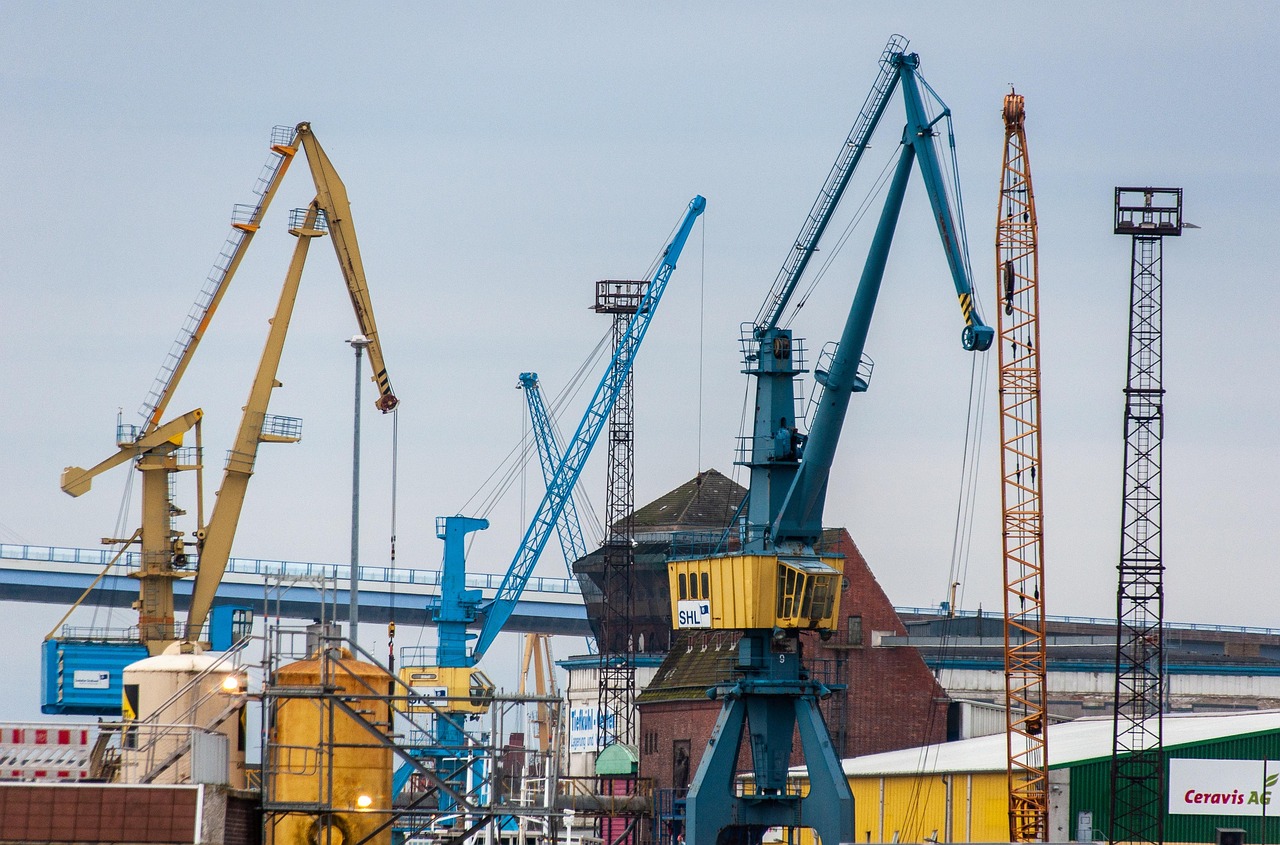
While politicians debate infrastructure bills, the private sector is quietly embarking on the largest infrastructure building spree since World War II. In 2024, MISO approved over 5,000 miles of new and upgraded infrastructure across 15 states, which will help bring new clean sources online and improve reliability across the region. This isn’t just about roads and bridges—it’s about completely rebuilding the electrical grid, telecommunications networks, and transportation systems for a digital, electric, and interconnected economy. The scale of this transformation is staggering, involving trillions of dollars and creating entirely new industries.



